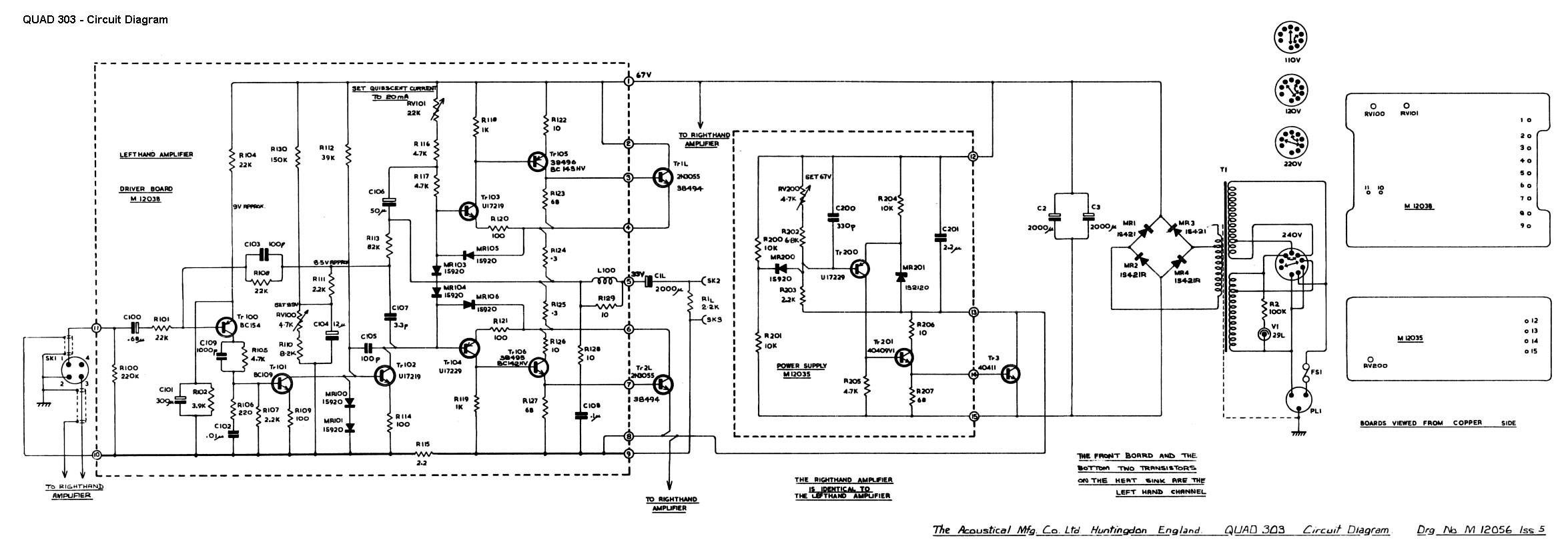John_73
pfm Member
After a very enjoyable couple of hours listening to music this evening, unplugged the source & speakers and checked the settings again, now it was warmed up (though the heatsink was cool to the touch - 'room temperature' really). As expected, needed some slight adjustment tweaking.
Just a tad concerned about the left driver board though. Adjusting RV100 with the meter between pins 1 and 5, the 33.5V setting drifts around anywhere between 33.33V & 33.53V. It seems to be constantly shifting quite quickly around that area. In comparison the right channel is pretty much rock solid. Why the difference in performance there between channels?
Was wondering if this is normal, or if it might indicate a flakey component somewhere on the left channel? Was even wondering if it might be the new 4K7 pot? I thought it was only the quiescent current that was meant to drift a little?
John
Just a tad concerned about the left driver board though. Adjusting RV100 with the meter between pins 1 and 5, the 33.5V setting drifts around anywhere between 33.33V & 33.53V. It seems to be constantly shifting quite quickly around that area. In comparison the right channel is pretty much rock solid. Why the difference in performance there between channels?
Was wondering if this is normal, or if it might indicate a flakey component somewhere on the left channel? Was even wondering if it might be the new 4K7 pot? I thought it was only the quiescent current that was meant to drift a little?
John


